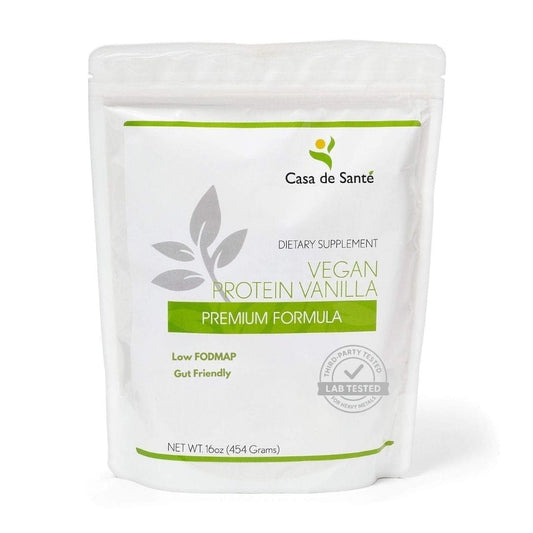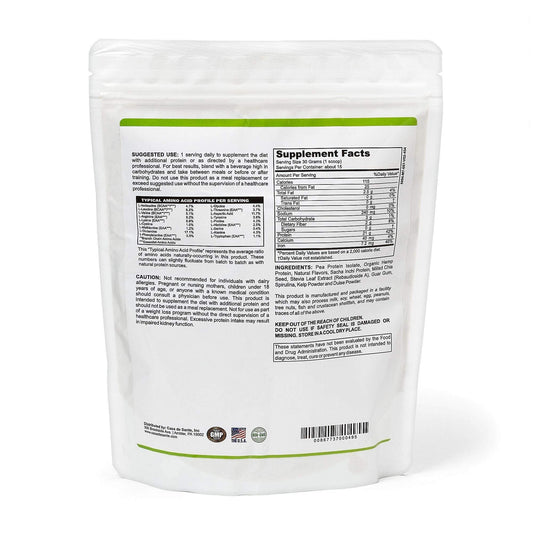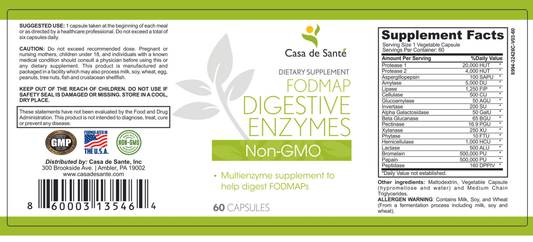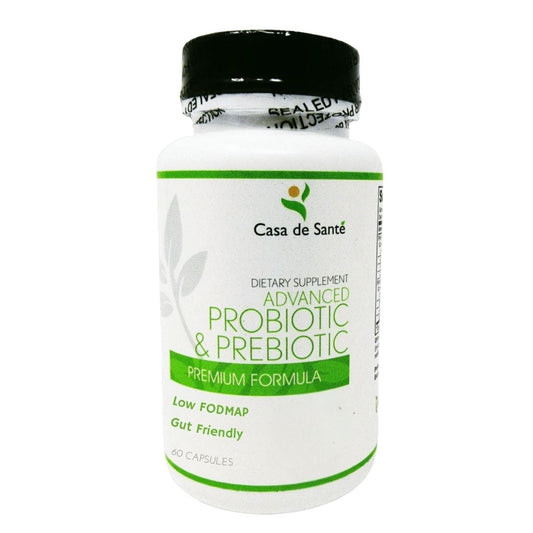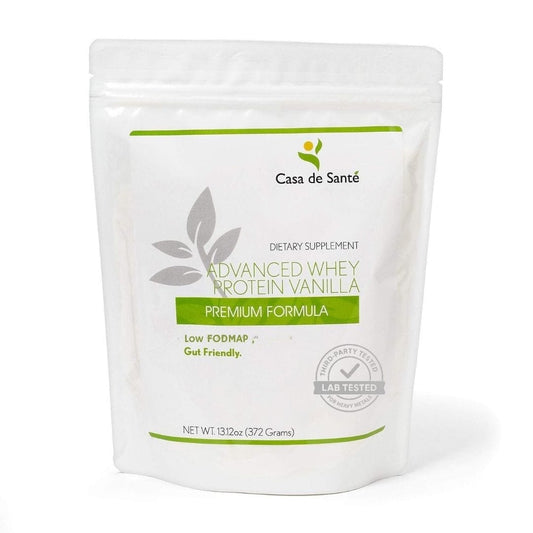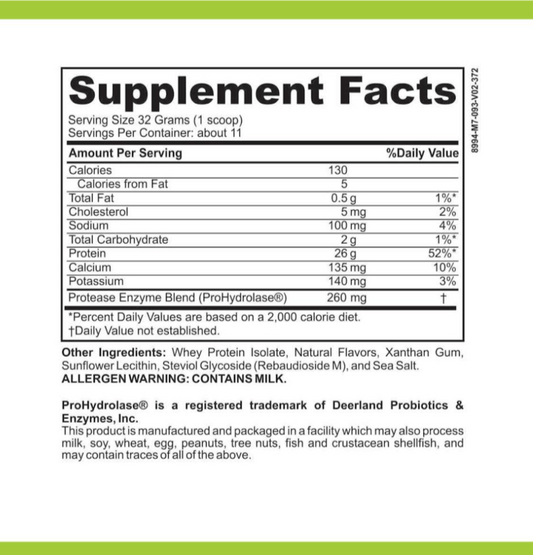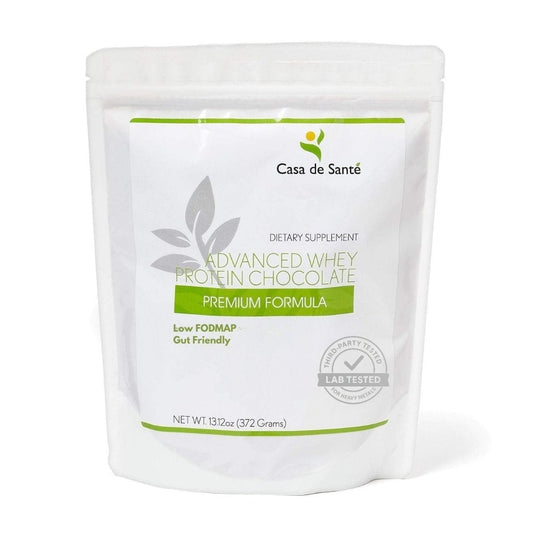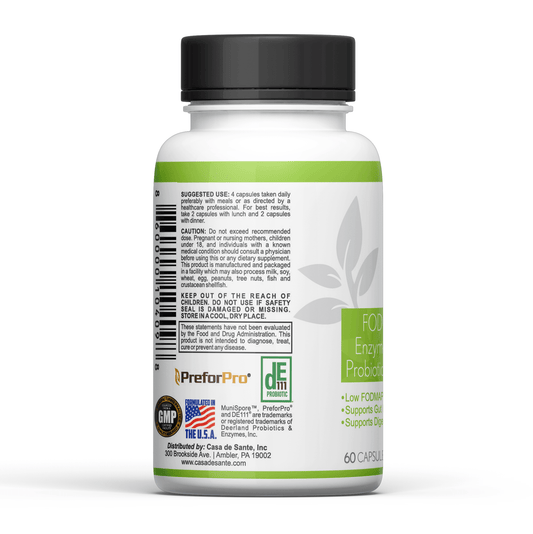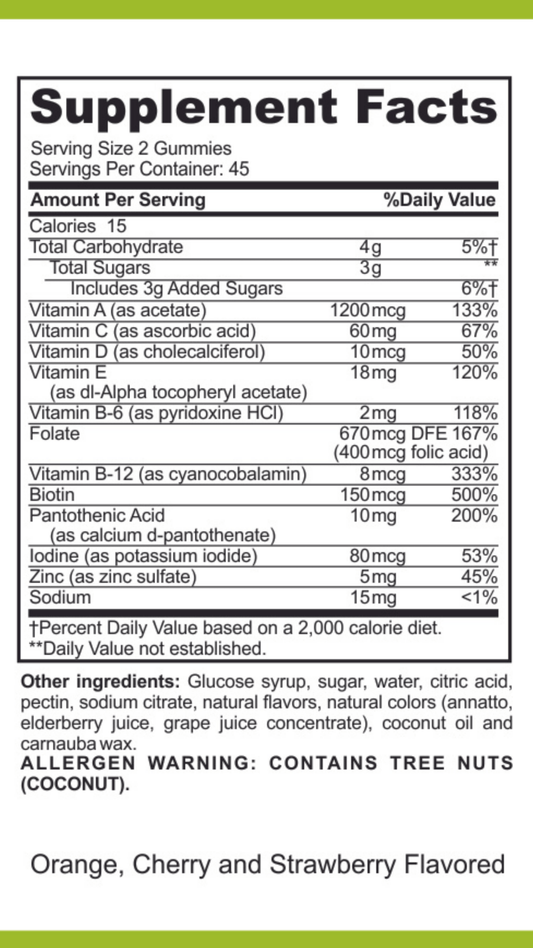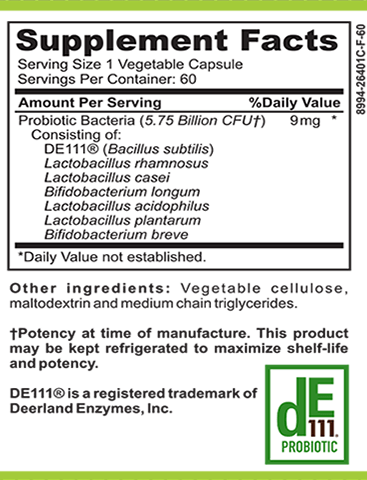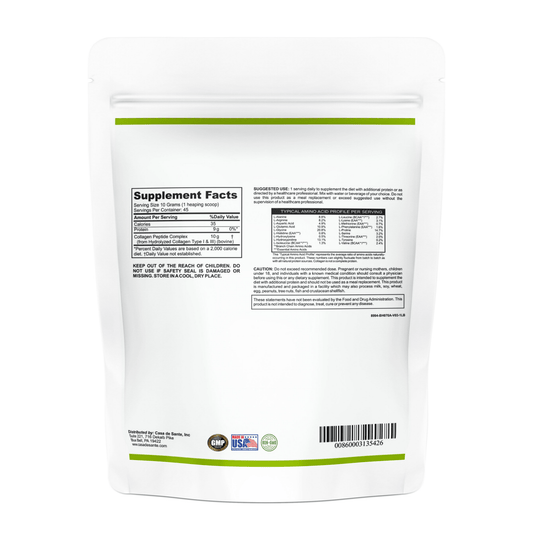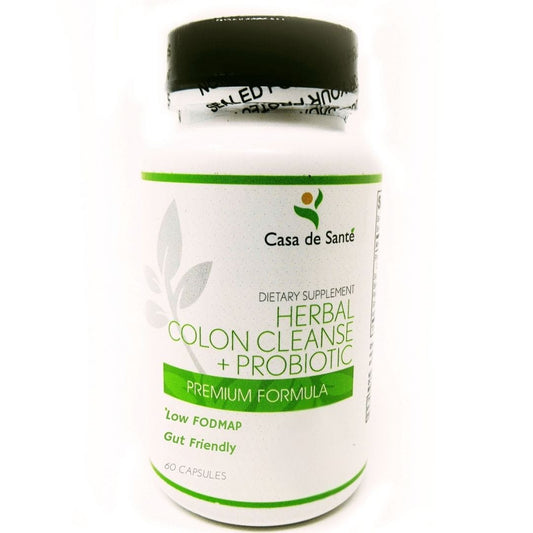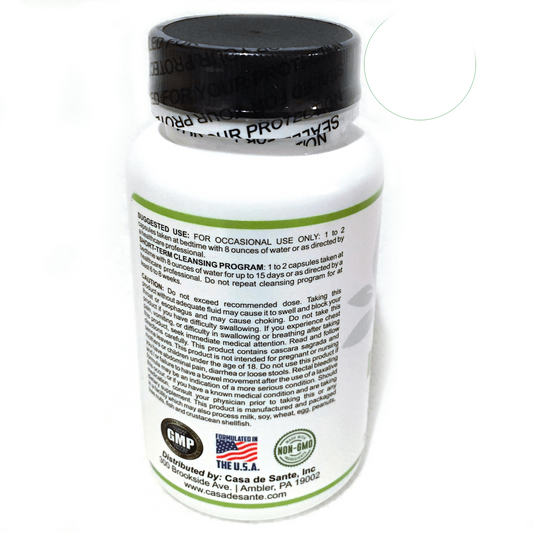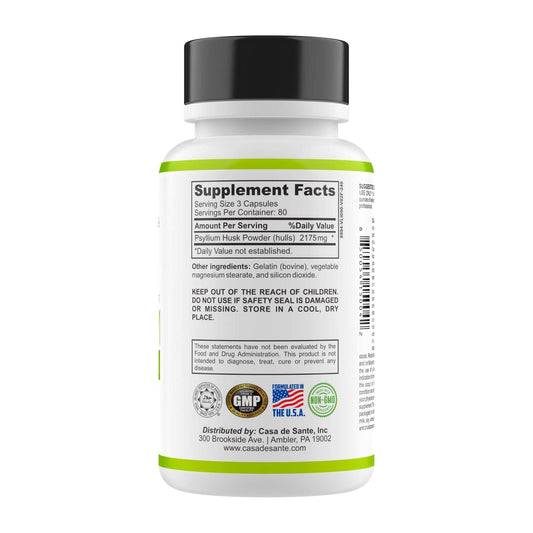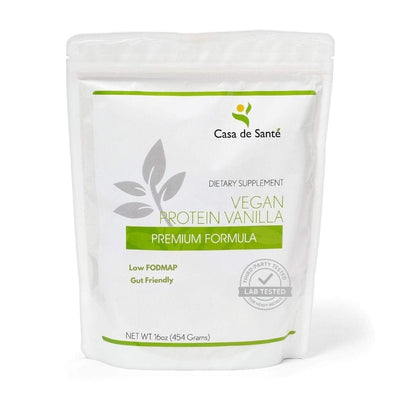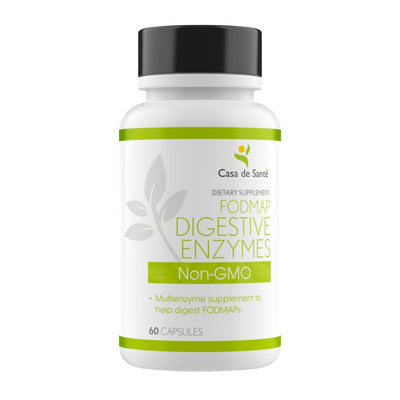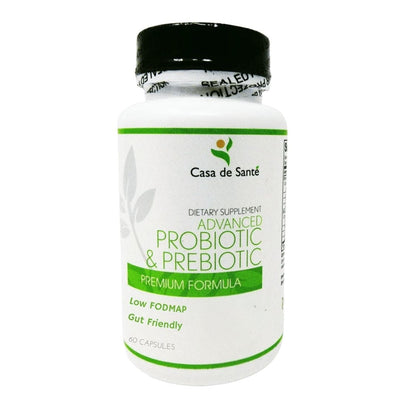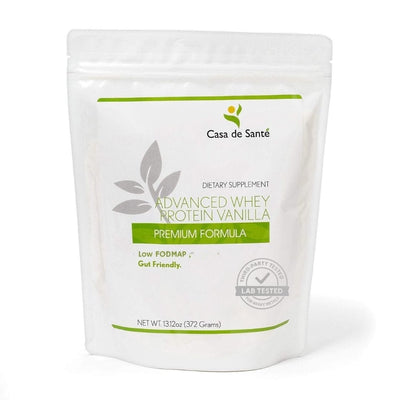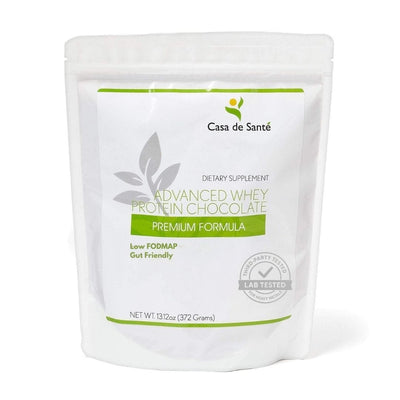Peptides Polypeptides: Understanding Their Roles in Skincare, Health, and Medical Science
Peptides and polypeptides have become buzzwords in the world of skincare and health but most people aren't quite sure what they really are. I used to think they were just another trend until I started digging into the science behind these powerful molecules. Now I realize they're far more than just hype.
These tiny chains of amino acids play a big role in how our bodies function and how our skin looks and feels. Whether you're curious about adding them to your routine or just want to understand what all the fuss is about I've got you covered. Let's explore what makes peptides and polypeptides so intriguing and why they're making waves in both beauty and wellness circles.
What Are Peptides and Polypeptides?
Peptides and polypeptides describe chains of amino acids, essential for many biological processes. I see them play crucial roles in skin structure and function through their unique compositions.
Key Differences Between Peptides and Polypeptides
Peptides contain between 2 and 50 amino acids. I use peptides to target specific cellular signals, since their small size helps them penetrate skin layers easily.
Polypeptides consist of more than 50 amino acids. I find polypeptides form the backbone of large proteins, like collagen and elastin, which shape and support skin.
Table: Structural Differences
| Molecule | Amino Acid Range | Example Functions |
|---|---|---|
| Peptide | 2–50 | Signaling, cell communication |
| Polypeptide | >50 | Structure, protein synthesis, scaffolding |
Common Sources and Formation
I identify peptides in sources like animal proteins, dairy, and certain plants, including soy or beans. My research shows polypeptides primarily form during protein synthesis in living organisms.
Peptides and polypeptides form when enzymes or laboratory synthesis combine amino acids in precise sequences to create biologically active chains.
Biological Functions of Peptides Polypeptides
Peptides and polypeptides act as active messengers and structural elements in human biology. I find their biological roles span signaling, regulation, and direct support of cellular architecture.
Roles in the Human Body
Peptides and polypeptides shape many core bodily functions. I observe that short-chain peptides, like signaling peptides, regulate various processes by binding to cell receptors and triggering responses. For example, peptide hormones such as insulin control glucose metabolism and affect energy balance. Polypeptides like collagen and elastin provide the physical framework for skin, connective tissue, and organs. Antimicrobial peptides, found in immune cells and skin, directly disrupt the membranes of invading pathogens.
Examples of Important Peptides and Polypeptides
Different peptides and polypeptides serve distinct roles. I note that insulin (a peptide hormone) manages blood glucose, while glucagon (another peptide) counterbalances its effects. Oxytocin and vasopressin regulate social behavior and water retention. Endorphins, another peptide group, modulate pain and stress. Collagen, formed from polypeptide chains, gives structure and tensile strength to skin, tendons, and bones. Keratin, another polypeptide-based protein, reinforces hair, nails, and the outer skin layer.
Uses in Medicine and Biotechnology
Peptides and polypeptides play crucial roles in medicine and biotechnology due to their diverse biological activities and specificity. I rely on them for targeted treatments, advanced diagnostics, and innovative therapeutic strategies.
Therapeutic Applications
Peptide and polypeptide therapies treat a wide range of conditions. I use synthetic peptide hormones, such as those mimicking insulin, for diabetes management, as supported by the American Diabetes Association. Antimicrobial peptides, including defensins and magainins, help fight infections when standard antibiotics fail, with studies in the journal "Frontiers in Immunology" highlighting their effectiveness. Immunomodulatory peptides modulate immune system activity in cancer therapy or autoimmune diseases by guiding immune cells to specific targets, as detailed in "Nature Reviews Drug Discovery". Long polypeptides, like analogs of human growth hormone, address growth disorders and hormonal deficiencies. Enzyme replacement therapy uses specific polypeptides to restore deficient or malfunctioning enzymes in metabolic disorders.
Role in Research and Diagnostics
Peptides and polypeptides enable precise research and diagnostics. I use peptide microarrays to study antibody responses and identify disease biomarkers, a technique refined in "Nature Methods". Quantitative assays often employ synthetic polypeptides as reference standards, improving test accuracy. Fluorescently labeled peptides trace cellular pathways and protein interactions in live cells, according to "Trends in Biotechnology". Targeted peptide probes help visualize tumors in imaging studies when attached to radioactive or fluorescent tags. In drug discovery, I use peptide libraries to screen for molecules with high binding affinities to specific proteins, streamlining the search for new therapeutic agents.
Benefits and Limitations
Peptides and polypeptides offer key advantages for both medical and cosmetic use, supported by extensive scientific analysis. At the same time, they present specific challenges and constraints when integrated into treatment or topical formulations.
Advantages in Clinical and Cosmetic Fields
In the clinical field, I often see peptides and polypeptides used for targeted hormone regulation, wound healing, and metabolic support. Therapeutic peptides like insulin analogs provide precise control over blood sugar in diabetes, reducing the risk of hypoglycemia compared to non-peptide alternatives, according to research published in Diabetes Care (2021). In antimicrobial therapies, short peptides disrupt pathogenic microbes, as detailed in Frontiers in Microbiology (2023), helping manage resistant infections where traditional antibiotics lose efficacy.
In the cosmetic field, I recognize that peptides penetrate the skin barrier more readily than whole proteins, supporting their popularity in anti-aging and firming formulations. Signal peptides, such as palmitoyl pentapeptide, stimulate the production of collagen and elastin, promoting smoother, more resilient skin. Polypeptides reinforce the structural matrix, helping minimize the visibility of fine lines in clinical assessments (Journal of Cosmetic Dermatology, 2022). Hydrating peptide complexes can enhance moisture retention, improving skin texture within 4 weeks of use in peer-reviewed trials.
Possible Challenges and Side Effects
Despite their promise, I note that peptides and polypeptides can trigger hypersensitivity reactions in sensitized individuals, with localized redness, swelling, or itching observed in patch tests. Stability remains a challenge—short-chain peptides degrade quickly when exposed to heat or enzymes, which limits shelf life or reduces efficacy without careful formulation (International Journal of Pharmaceutics, 2020). Some polypeptides may be too large to penetrate the stratum corneum, restricting their biological effect to the skin surface unless delivery systems are optimized.
Clinical administration of peptide-based drugs occasionally results in immune responses or injection site reactions, particularly when high doses or repeated dosing occur. Systemic absorption from topical products stays minimal, yet inadvertent immunogenicity can't be excluded for all peptide types. In rare cases, peptides have initiated mild gastrointestinal symptoms when ingested in supplements, though these effects tend to be transient according to case reviews in Nutrients (2022).
Future Trends and Research Directions
Research on peptides and polypeptides advances as scientists uncover new applications and mechanisms. I see growing interest in designing short peptide sequences with increased stability, as recent studies highlight how chemical modifications like cyclization or PEGylation improve peptide persistence in physiological environments (Fosgerau & Hoffmann, 2015). Researchers optimize these modified peptides for wound healing, antimicrobial activity, and targeted drug delivery.
Biotechnologists focus on synthesizing multifunctional polypeptides through recombinant DNA technology and cell-free expression systems. This approach generates large-scale, customizable bioactive molecules. For example, self-assembling polypeptide hydrogels show promise in tissue engineering and advanced wound care (Wang et al., 2022).
Imaging and diagnostics use peptide-based biosensors that identify biomarkers with higher sensitivity compared to standard approaches. Peptide arrays speed up screening for autoimmune and infectious diseases by tracking antibody signatures (Buus et al., 2012).
AI-driven peptide discovery accelerates the identification of peptide drug candidates. Algorithms predict peptide-protein interactions, immunogenicity, and stability, allowing rapid screening from billions of sequences. This method streamlines the development of therapeutic and cosmetic peptide ingredients.
Peptide delivery systems remain a central research focus. Lipid nanoparticles, microneedle patches, and peptide amphiphile gels improve delivery efficiency for topical and injectable formulations. Smart-release systems react to skin temperatures or enzymatic triggers in the microenvironment, ensuring controlled peptide expression.
Clinical trials increasingly evaluate multifunctional peptides that modulate multiple signaling pathways, address inflammation, and stimulate extracellular matrix synthesis. Early findings suggest enhanced efficacy in skin rejuvenation, scar reduction, and pigmentary regulation (Goldberg et al., 2023). Researchers investigate the long-term safety and tolerability of these peptide formulations to address previous concerns regarding hypersensitivity and immune reactivity.
Environmental and vegan alternatives inspire innovation in peptide sourcing. Plant-derived peptides from legumes and algae undergo enzymatic hydrolysis to yield bioactive blends for both health and skincare applications.
Regulatory bodies require robust data on peptide safety, stability, and efficacy. I see global harmonization of peptide testing protocols as a pressing need to facilitate clinical translations and consumer acceptance.
Key Takeaways
- Peptides and polypeptides are chains of amino acids essential for various biological functions, with peptides consisting of 2–50 amino acids and polypeptides having more than 50.
- Peptides are commonly used in skincare for their ability to penetrate the skin barrier and stimulate collagen, while polypeptides provide structure and support for tissues.
- Both peptides and polypeptides play significant roles in medicine, including hormone regulation, antimicrobial therapy, immune modulation, and precision diagnostics.
- Benefits include targeted therapeutic effects and enhanced cosmetic results, but challenges such as sensitivity reactions, stability issues, and delivery barriers remain.
- Ongoing research focuses on improving peptide stability, developing advanced delivery systems, and employing AI-driven discovery to unlock new health and cosmetic applications.
Conclusion
Peptides and polypeptides have truly captured my attention thanks to their versatility in both science and skincare. I’m excited to see how ongoing research and innovative delivery systems will shape their future applications. As the field evolves I’ll be keeping an eye on new developments and breakthroughs that could further unlock the potential of these fascinating molecules.

